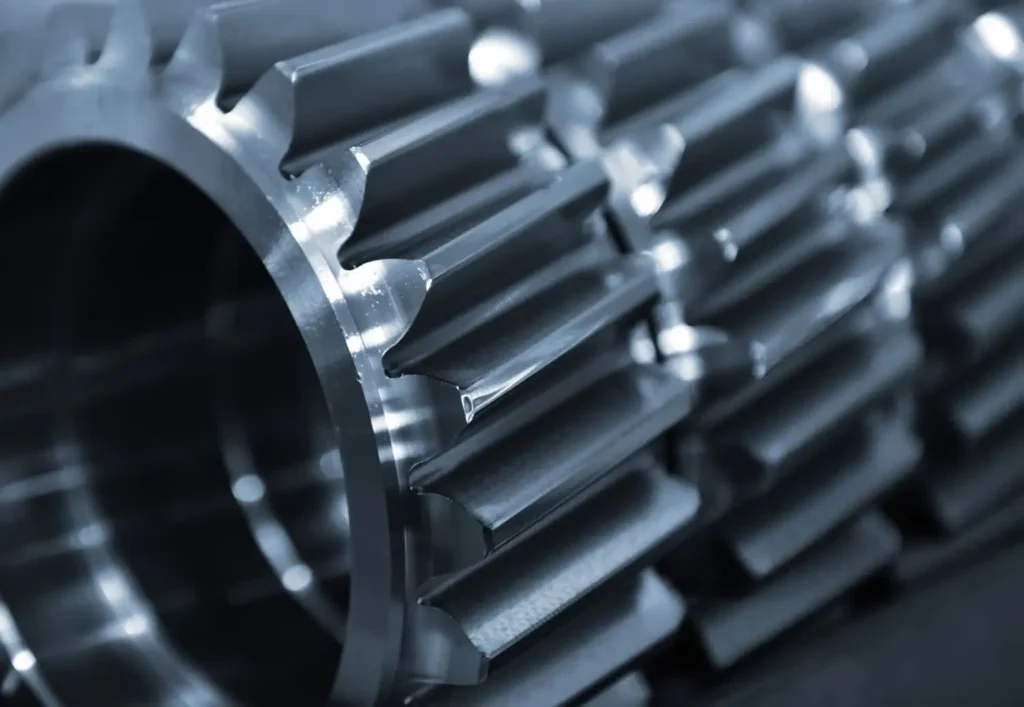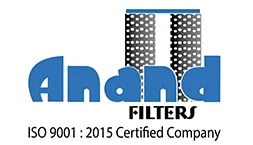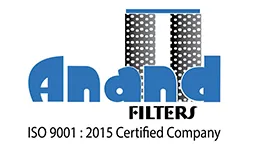
Pleated vs. Depth Filter Cartridges: Which Is Right for Your Application?
Pleated and depth filter cartridges are two popular choices that frequently spring to mind when choosing the best filter cartridge for your industrial filtration requirements.
Although both aim to eliminate contaminants from liquids, their construction and filtration capacities are very different. Understanding the differences between these two cartridge types is essential for making wise decisions and getting the best filtration results.
Pleated vs. depth filter cartridges are two popular filter types discussed in this blog. With the help of these best industrial filters, you might be able to determine which type best suits your filtration requirements. Learn more about the different types of industrial filters used across sectors.
What Are Pleated Filter Cartridges?
Pleated filters, sometimes called surface filters, are thin filters that collect surface deposits. Due to their large surface area, they can hold a lot of dirt particles.
Although certain higher-quality pleated filter bags and cartridges can be reused, users typically use pleated cartridges until particles completely cover their external surface and then discard them.
Pleated filters support particles of uniform size. Due to its large surface area, the filter will function more effectively if the particles are close to 5 microns in size. Smaller particles, on the other hand, will pass through the filter and exit the surface area.
Learn more about how dust collector filter bags work and how they relate to pleated systems.
What Are Depth Filter Cartridges?
Another efficient method of eliminating dirt particles from your water is to use depth filter cartridges. Because these filters have two layers of filtration to keep out unwanted particles, they are also known as string-wound and string-spun cartridges.
Thanks to its multilayered structure, a variety of pollutants can be captured and held in place across the depth of a depth filter cartridge. Manufacturers make these cartridges from cellulose, cotton, polyester, or polypropylene. They function by allowing fluid to pass through the matrix while capturing particles on the larger surface area provided by the media’s depth.
For further context on filtration media types, explore innovative filtration solutions for heavy industries.
Key Differences: Pleated vs. Depth Filter Cartridges
Although pleated vs. depth filter cartridges aim to exclude impurities from liquids, they differ significantly.
- Filtration Method: Pleated filtration captures pollutants on the surface of the pleated filter media, while in-depth filtration traps particles throughout the entire depth of the porous material.
- Dirt Holding Capacity: Compared to pleated cartridges, depth cartridges may hold more dirt. This occurs as the coiled design of the filter material allows for increased surface area, which can trap a greater amount of dirt and particles.
- Compatibility: Compared to pleated cartridges, depth cartridges typically work better with a larger variety of fluids. This is due to filter media’s winding, which produces a more porous and open structure which lets more fluids flow through it.
Learn how custom vs. standard filters impact these considerations.
Anand Filters offers exceptional performance and reliable quality.
Check out why Anand Filters is recognized among India’s trusted filter suppliers.
Application Suitability: Which One to Choose?
While selecting pleated vs. depth filter cartridges, the type of fluid being filtered and the particular strength of each cartridge are also taken into consideration. Pleated filters are typically chosen for applications requiring precise filtration and a limited range of particle sizes, such as in the preparation of pharmaceuticals or food and beverages.
In contrast, depth filters work better in industrial or water treatment settings where a greater variety of particle sizes and a high dirt-holding capacity are needed.
If your system has a pleated dust collector element, prioritize high-efficiency surface filtration in situations with fine dust particles. However, depth cartridges may be a better option for applications that still use non-woven filter bags since they can hold dirt more during bulk filtration.
Explore our guide to buying industrial dust collectors for deeper insights.
Industry Use Cases
Various industries employ both pleated vs. depth filter cartridges, each offering distinct advantages depending on the particular application. Depending on their operational needs, some industries choose one kind of filter cartridge over another:
Applications in the Pleated Filter Cartridge Industry:
- Food and Beverage: It is used for several processing steps, such as filtering syrups, clarifying juices, and guaranteeing product integrity.
- Pharmaceutical Industry: Used in various production processes to ensure product quality, cleanse raw materials, and perform sterile filtration.
- Oil and Gas: Used at different phases of production and transportation to filter process fluids, remove particles, and separate water from hydrocarbons.
- Manufacturing: Pleated media is frequently used in industrial dust collector filters to increase the surface area and capture rate of fine particles.
Learn more about the importance of industrial filtration in such sectors.
Applications in the Depth Filter Cartridge Industry:
- Electronics Industry: Used to purge process water to create chips and circuit boards of pollutants, solder particles, and other impurities.
- Food and Beverage: Filters solutions with many particles, such as broth and juice.
- Chemical Processing: Operators remove larger particles or prefilter raw materials before more precise filtering stages.
Cost & Maintenance Comparison
Cost and upkeep are essential when deciding between Pleated vs. Depth Filter Cartridges.
- Initial Cost:
The initial cost of Pleated filters is typically greater because of their intricate design.
Depth filters may have a lower upfront cost, but they often need to be replaced more frequently over time. - Operational Cost:
Pleated cartridges may provide higher long-term value because they are reusable and last longer.
Although depth filters cost less initially, they might increase operating expenses because users must replace them more frequently.
Purchasing a pleated industrial dust collector filter could lower operating expenses and maintenance downtime, particularly in high-dust settings.
Conclusion
Choosing between pleated vs. depth filter cartridges depends entirely on the specific needs and requirements of your application. Knowing every aspect, both big and small, concerning filters or filtration items is always beneficial.
Both pleated and depth filters come with their own set of pros and cons. Pleated filters are low cost, simple to install, require no electricity, and don’t waste water.
Pleated cartridges are perfect for applications requiring accuracy and compactness because they provide high flow rates, precise particle removal, and a space-efficient design.
Conversely, depth filter cartridges are excellent at capturing impurities at all depths and handling high dirt-holding capacities, which makes them appropriate for applications with bigger particulate matter and where durability is a top concern.
You can rely on Anand Filters for quality industrial filtration solutions.

